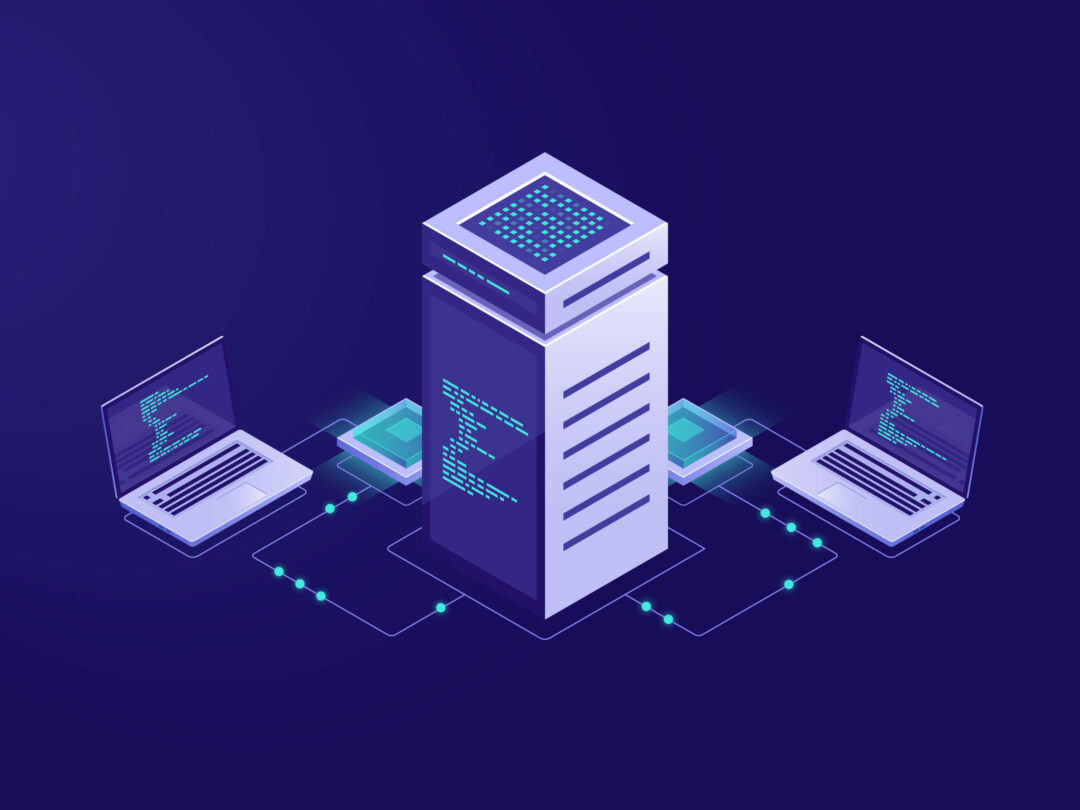What Is Process Mining and Why Your Organization Needs It
Blog: ProcessMaker Blog
As more and more organizations accelerate digital transformation initiatives, they require efficient ways of analyzing and monitoring their business processes. Traditional, manual-based processing models are effective but can be massive undertakings and omit valuable data. In this article, we will dive deep into process mining, what it is, and how your organization can benefit from using it.
What is Process Mining?
Process mining is a method similar to data mining, used to analyze and monitor business processes. Process mining software helps organizations to capture data from enterprise transactions and provides important insights on how business processes are performing.
Improving processes is a key component of business process management, but to do it well stakeholders must first understand where issues exist and whether it is worth implementing improvements in the first place.
By analyzing all resulting data from the systems involved in performing a business process, process mining solutions help create comprehensive end-to-end process models. This is essentially a three-step process. First, as people and automation solutions work within an organization, systems capture their activities. Next, process mining converts this data into event logs. The solution then provides stakeholders with powerful insights into the discovery of new process models.
A Brief History
Process mining originated in the 1990s when Dutch scientist Wil van der Aalst sought an alternative to manual forms of process modeling. He realized that data present in IT systems could be used to optimize process models. The technique was largely an academic exercise until 2011 when the Process Mining Manifesto was published by the IEEE.
With the emergence of powerful business process management solutions like artificial intelligence (AI), machine learning (ML), and iBPMS, process mining increased in importance. As more and more organizations pursue digital transformation, solutions like process mining will play important roles in helping them to meet their growing data needs.
Benefits of Process Mining
Process mining technology offers organizations many potential benefits including:
- Reduced costs. By revealing inefficiencies, bottlenecks, and tasks that can benefit from automation, organizations can significantly reduce their operating costs.
- Increased transparency. Process mining helps stakeholders locate the right data and create actionable insights. This provides a higher level of transparency across specific processes as well as at the organizational level.
- Improved performance management. Automating the collection of key performance indicators. Stakeholders can continually monitor processes in real-time.
- Improved customer experiences. Organizations can get to the root causes of issues quicker, allowing them to react fast and provide better customer service.
- Improved compliance. Auditing is costly and time-consuming. With process mining technology, auditors can analyze data faster and stakeholders can identify compliance issues in real-time.
Process Mining Capabilities
Process mining offers three key capabilities: Automated Business Process Discovery (ABPD), enhancement, and business process conformance checking.
Automated Business Process Discovery
ABPD simply takes event logs and produces process models without any additional information. Analysts use these models to pinpoint performance issues.
Enhancement
Process mining can improve an existing model using information from data stored in event logs. For example, a process model can be extended by incorporating performance data.
Business Process Conformance Checking
Analysts can compare an existing process model with an event log from the that same process. Conformance checks are useful for seeing whether real-time log data conforms to a process model.
Process Mining and iBPMS
Process mining supports key stages of the BPM lifecycle and complements an iBPMS solution. To better understand the roles that process mining plays in BPM, it helps to look at 4 distinct phases of the typical lifecycle.
Discovery
During the discovery phase, stakeholders seek to learn about a process as it is. Process mining traces a process from end-to-end. This information is used to create a process model.
Redesign
Using the information gathered in the discovery phase, stakeholders identify areas for improvement. A low-code iBPM solution that offers process modeling features allows organizations to design and test multiple iterations of processes, choosing the most efficient version for implementation.
Implementation
During the implementation process, organizations must identify and select KPIs as well as process mining functionality to track these metrics. iBPMS platforms contain analytics and reporting features that makes it easy to gather and interpret data and share this information throughout the organization. Moreover, organizations use iBPMS platforms to design, automate, and optimize processes.
Monitoring
During the monitoring phase, data mining technology gathers data in real-time. Stakeholders can identify inefficiencies, bottlenecks, and other performance issues quickly, allowing them to take corrective action immediately.
Process mining provides a vital link between business intelligence and BPM. BPM tools document modeled processes, help stakeholders to design new ones, and aid in the execution, implementation, and monitoring of business processes. ProcessMaker offers a comprehensive low-code iBPMS platform that helps organizations across the globe achieve digital transformation.
The post What Is Process Mining and Why Your Organization Needs It appeared first on ProcessMaker.
Leave a Comment
You must be logged in to post a comment.








